Het arrangement Food Talk is gemaakt met Wikiwijs van Kennisnet. Wikiwijs is hét onderwijsplatform waar je leermiddelen zoekt, maakt en deelt.
- Auteur
- Laatst gewijzigd
- 30-01-2022 15:27:08
- Licentie
-
Dit lesmateriaal is gepubliceerd onder de Creative Commons Naamsvermelding-GelijkDelen 4.0 Internationale licentie. Dit houdt in dat je onder de voorwaarde van naamsvermelding en publicatie onder dezelfde licentie vrij bent om:
- het werk te delen - te kopiëren, te verspreiden en door te geven via elk medium of bestandsformaat
- het werk te bewerken - te remixen, te veranderen en afgeleide werken te maken
- voor alle doeleinden, inclusief commerciële doeleinden.
Meer informatie over de CC Naamsvermelding-GelijkDelen 4.0 Internationale licentie.
Aanvullende informatie over dit lesmateriaal
Van dit lesmateriaal is de volgende aanvullende informatie beschikbaar:
- Toelichting
- Dit is een les Engels voor 1 vwo over food. Hierin leer je boodschappen doen in het Engels, food and meals beschrijven en "how to order something in a restaurant". Tegelijkertijd leer je de grammatica over plurals, wanneer je some and any gebruikt en de toekomstige tijd "to be going to" en specifieke vocabulary.
- Leerniveau
- VWO 1;
- Leerinhoud en doelen
- Engels;
- Eindgebruiker
- leerling/student
- Moeilijkheidsgraad
- gemiddeld
- Trefwoorden
- food, grocery shopping, restaurant


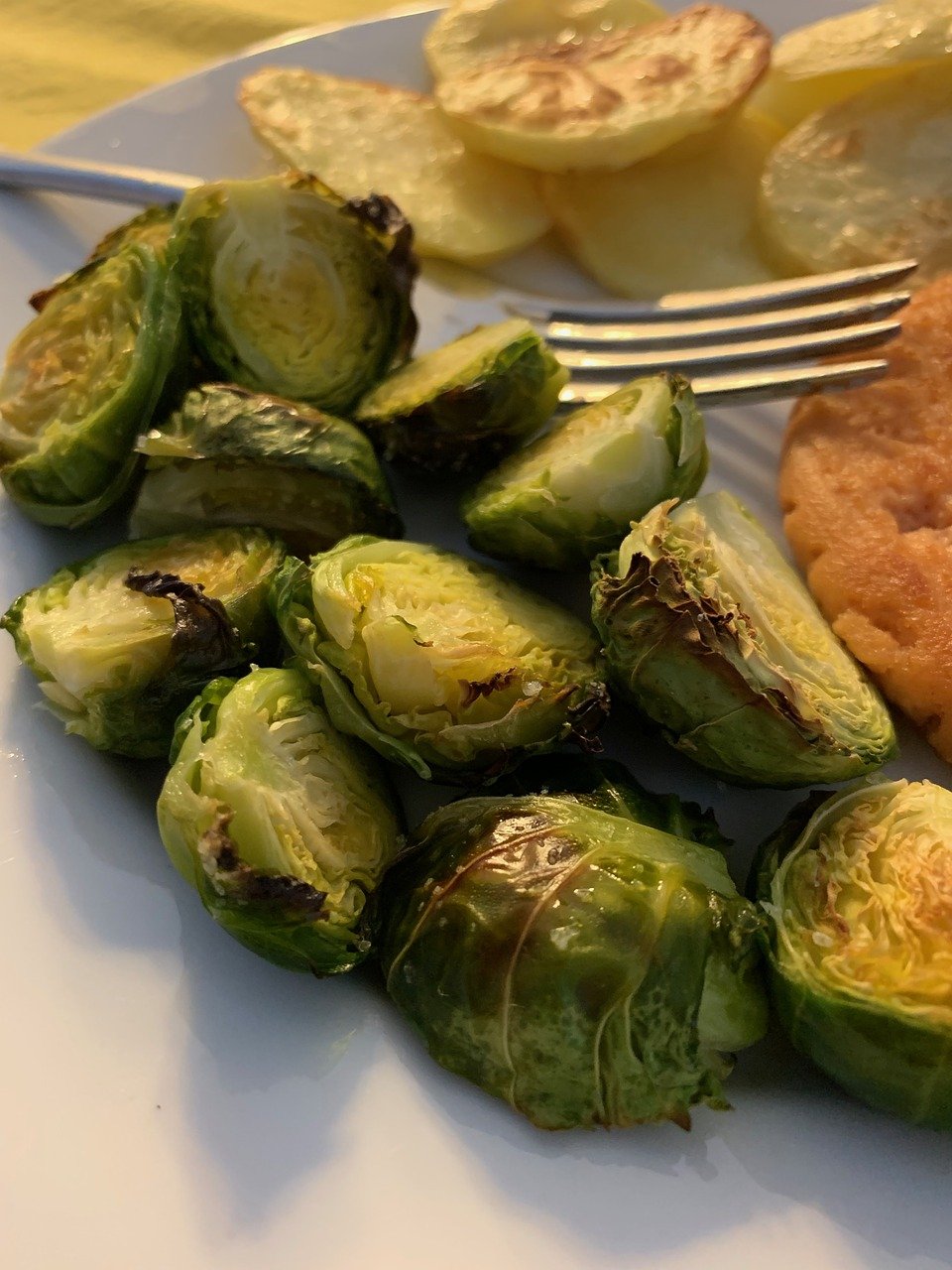
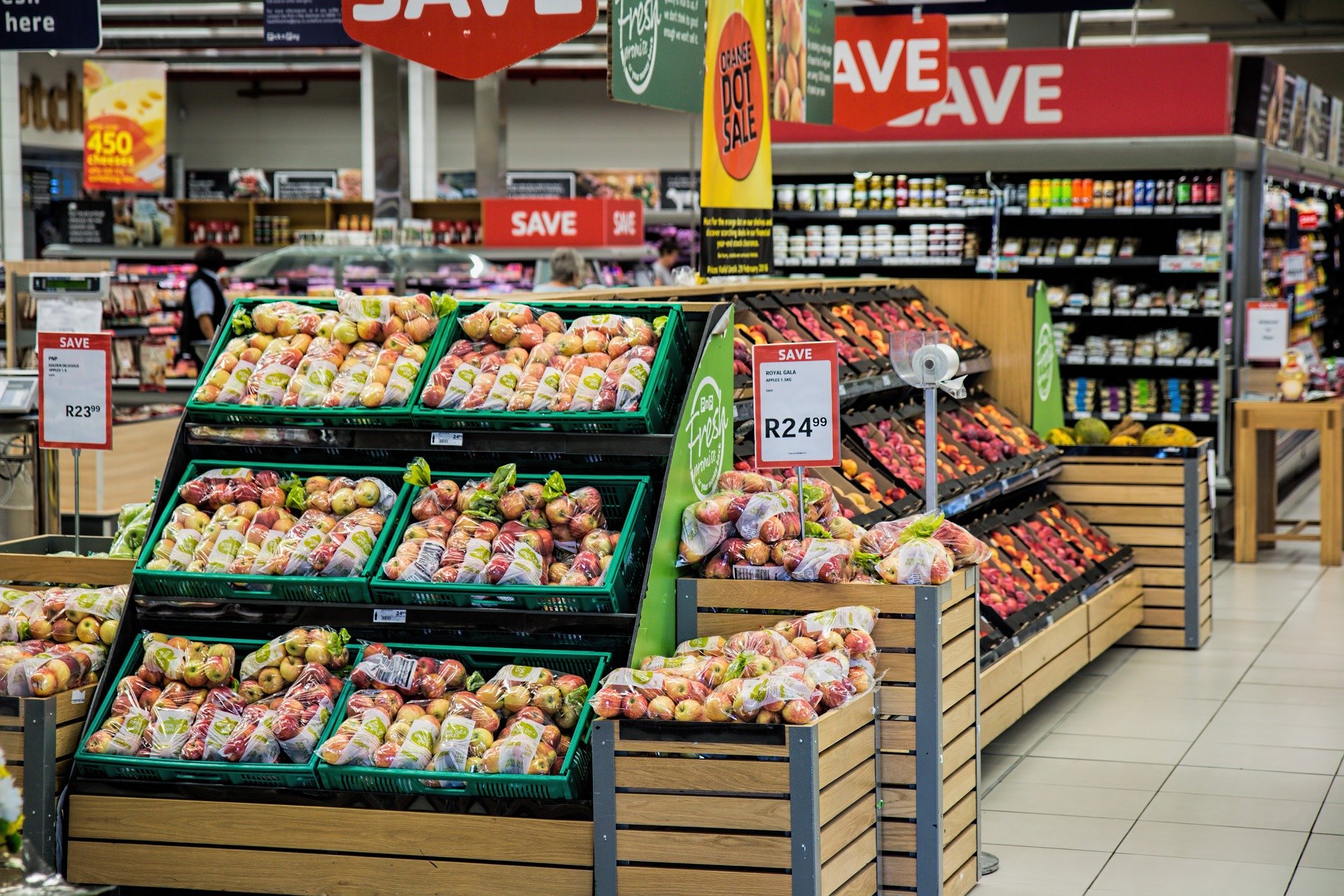 1. Vocabulary: describing groceries
1. Vocabulary: describing groceries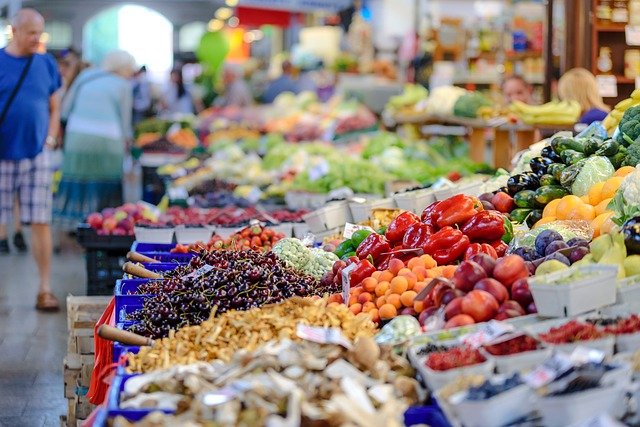 Assignment
Assignment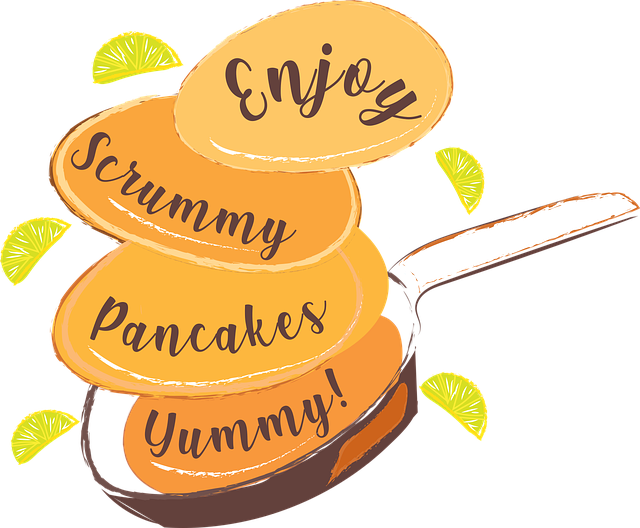
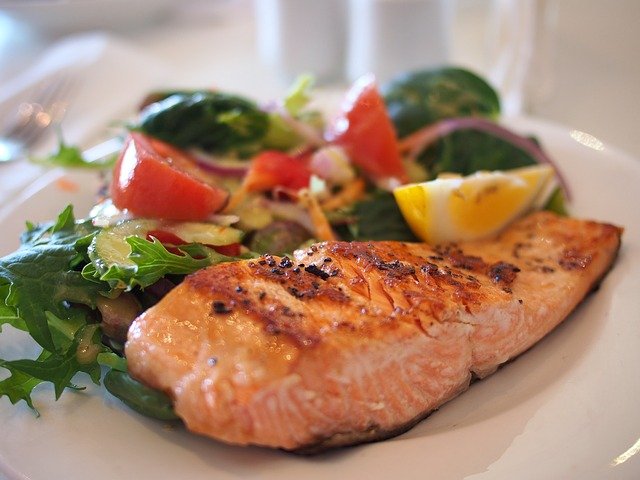
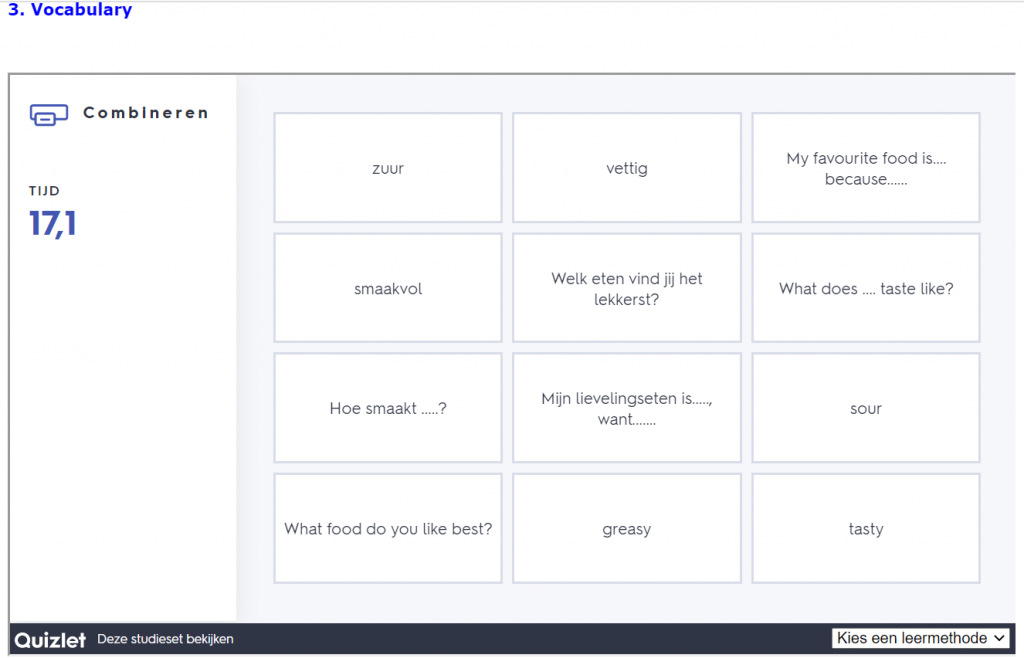

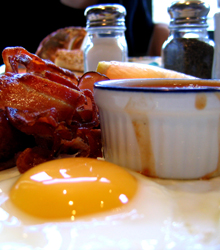
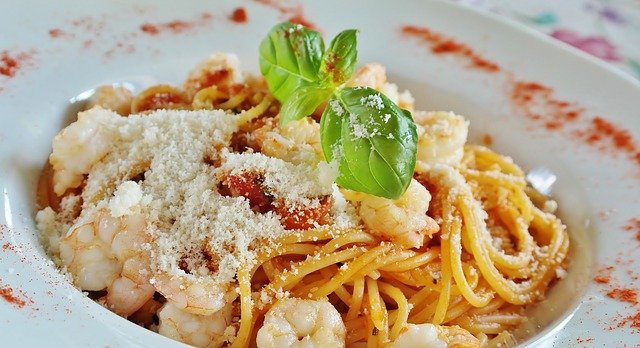
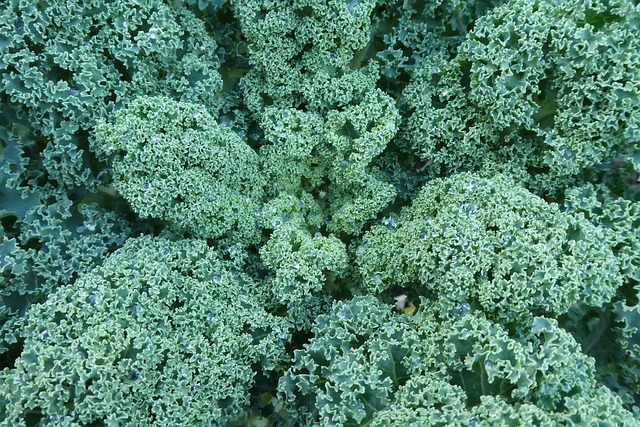
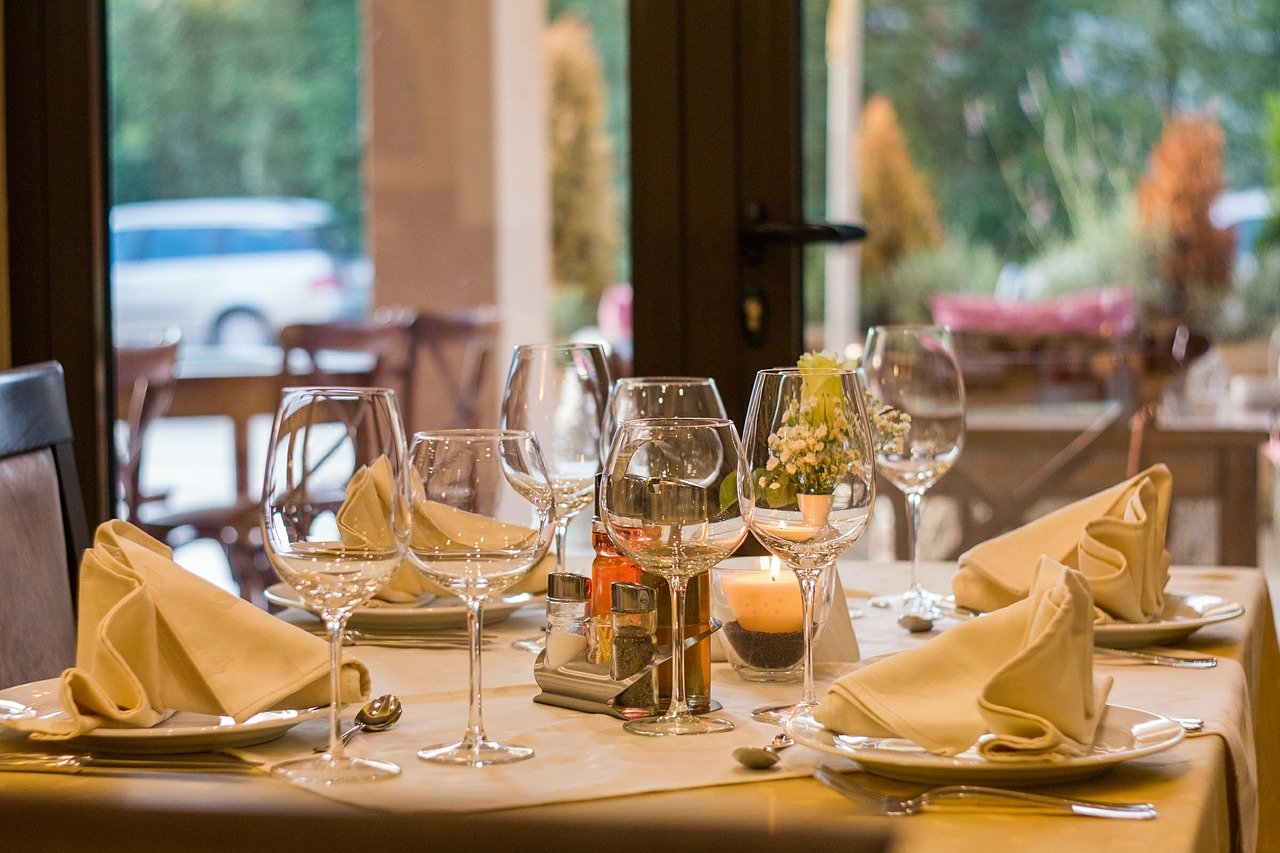

 and polite, and they played traditional sitar music which was very relaxing. The menu offered vegetarian dishes as well as meat dishes served with rice and a sauce - it depended on how hot you wanted it! I chose a mild beef curry but my boyfriend had a lamb 'vindaloo' - he also drank 2 liters of water!!
and polite, and they played traditional sitar music which was very relaxing. The menu offered vegetarian dishes as well as meat dishes served with rice and a sauce - it depended on how hot you wanted it! I chose a mild beef curry but my boyfriend had a lamb 'vindaloo' - he also drank 2 liters of water!! Robert.
Robert.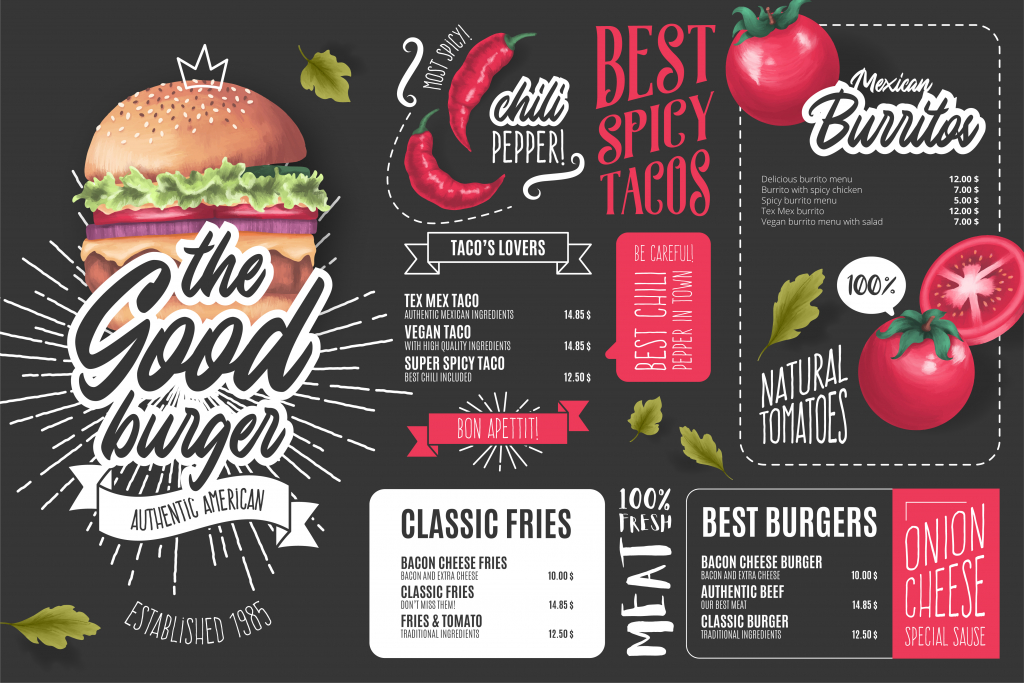
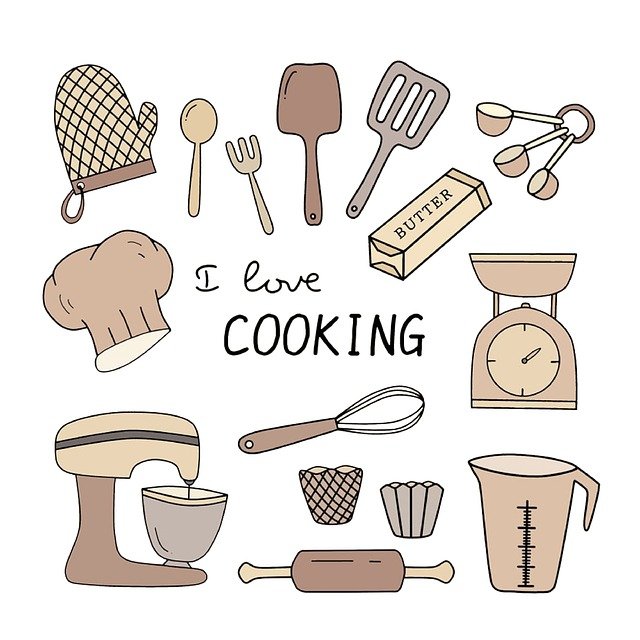 Assignment 2:
Assignment 2: